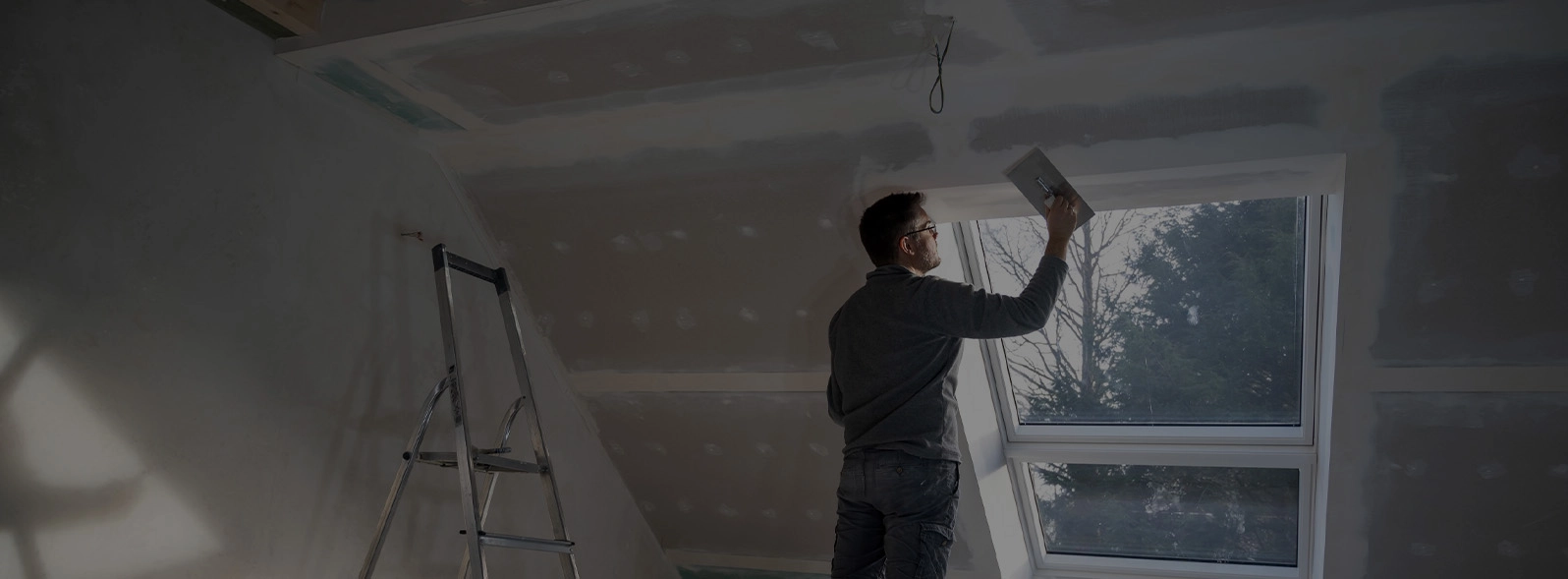With the construction industry in Australia rapidly growing, there is a high demand for qualified plasterers who can provide quality work.
Dry plastering can be a fantastic career choice if you enjoy working in the construction industry, have an eye for detail, and can work to hectic deadlines.
Benefits of becoming a qualified dry plasterer
There are many benefits to pursuing a career in plastering, including:
- High demand: With the construction industry booming in Australia, there is a high demand for skilled plasterers.
- Career growth: As you gain experience and build your skills, there are opportunities for career growth within the industry.
- Job security: Plastering is a job that will always be in demand as long as there is construction.
- Variety of work: Plastering involves working on a variety of projects, from residential to commercial.
- Job satisfaction: As a plasterer, you get to see the tangible results of your hard work every day.
Where You Can Work
As a qualified dry plasterer, you can work in a variety of settings, including:
- Residential construction: This involves working on new home builds and renovations.
- Commercial construction: This involves working on large-scale construction projects such as office buildings and shopping centres.
- Industrial construction: This involves working on large-scale construction projects such as factories and warehouses.
About the Dry Wall Plastering Licence
To work as a dry plastering contractor in Australia, you’ll need a dry wall plastering licence. This enables you to carry out a variety of dry plastering activities and installations, including:
- false and suspended ceilings
- cornices
- fibrous cement sheeting
- fibrous plaster sheeting.
Keep in mind, in some Australian states and territories, wet and dry plastering are considered the same trade.
Once you have your licence, you’ll be able to work in building construction, repairs, renovations, and alterations, as well as construction of garages and swimming pools.
If you have building experience and skills, but no formal certificates or diplomas, you could obtain a nationally recognised qualification using Recognition of Prior Learning (RPL).
How to get your trade licence
Each Australian state and territory has different requirements for obtaining a dry plastering trade licence. Generally, you’ll need a nationally recognised qualification such as the Certificate III in Wall and Ceiling Lining – CPC31220 awarded by Construction Trades College (RTO: 40250), to be able to apply for a licence.
Other certificates that may be recognised in your state or territory include:
- Certificate III in Fibrous Plaster and Plasterboard Trade TAFE course #0115
- Qualification 11764 Certificate III in Plastering, Fibrous and Plasterboard
- Trade TAFE course #2153BCG30298 Certificate III in General Construction (Wall and Ceiling Lining) TAFE course #8062
- BCG31203 Certificate III in Wall and Ceiling Lining
- CPC31208 Certificate III in Wall and Ceiling Lining
- CPC31211 Certificate III in Wall and Ceiling Lining
Once you have your qualifications, you’ll then need to meet your state or territory’s specific requirements to apply for a dry plastering trade licence, such as passing safety inductions and obtaining relevant building permits.
How to get certified through RPL
Skills Certified Australia can help ensure that your wall and ceiling lining skills and experience are converted into a nationally recognised qualification and provide you with your trade licence. We’ll discuss if you’re eligible for RPL and match you with a Registered Training Organisation who can certify your skills. We’ll even help you gather your portfolio of evidence to submit as part of your application.
Whether you are a local student or a migrant, there are programs available to help you fast-track your qualifications based on Australian standard experience and requirements.
Ready to certify your plastering skills?
Find out if you’re eligible for RPL by taking our 60 second skills check.

















